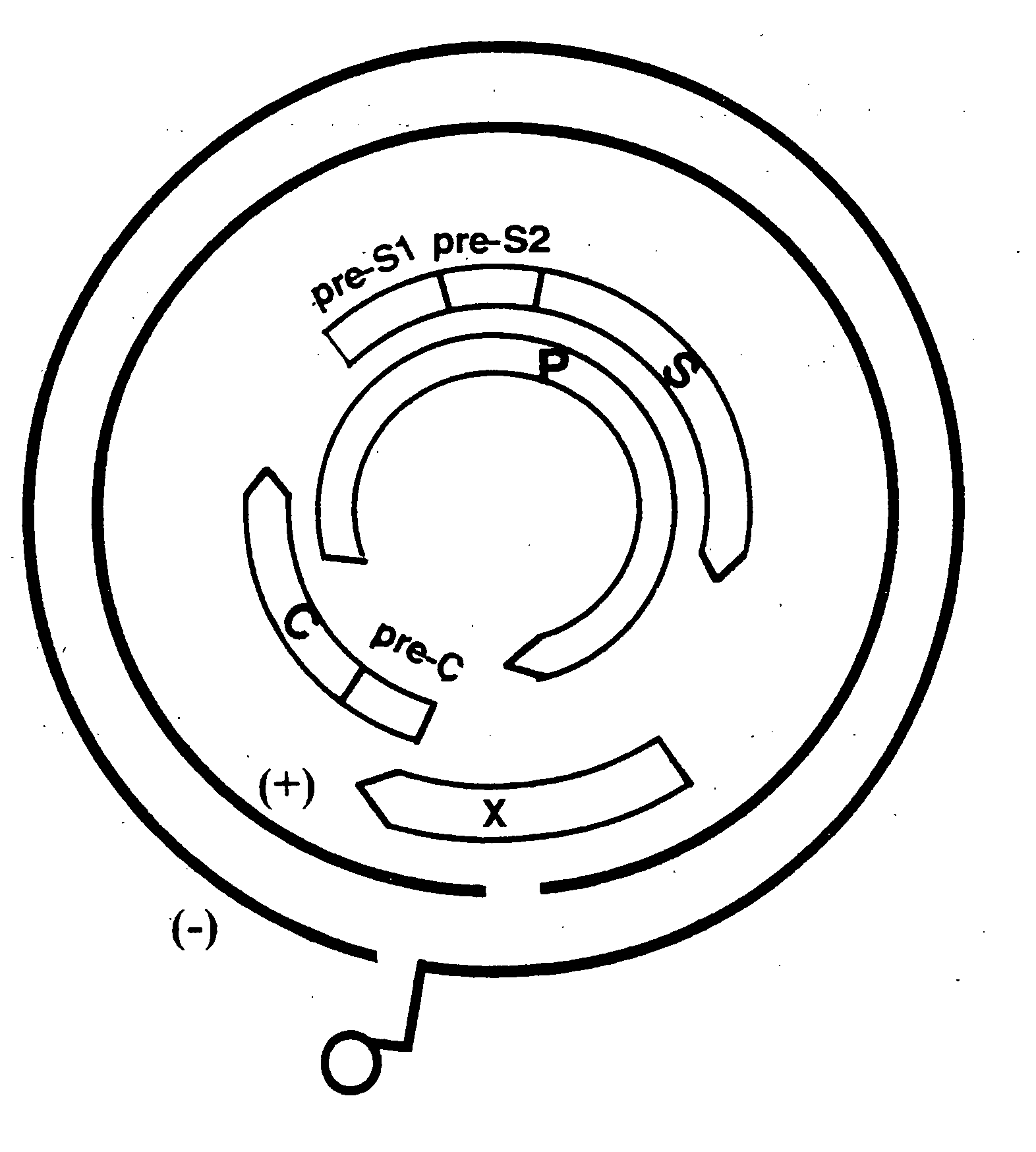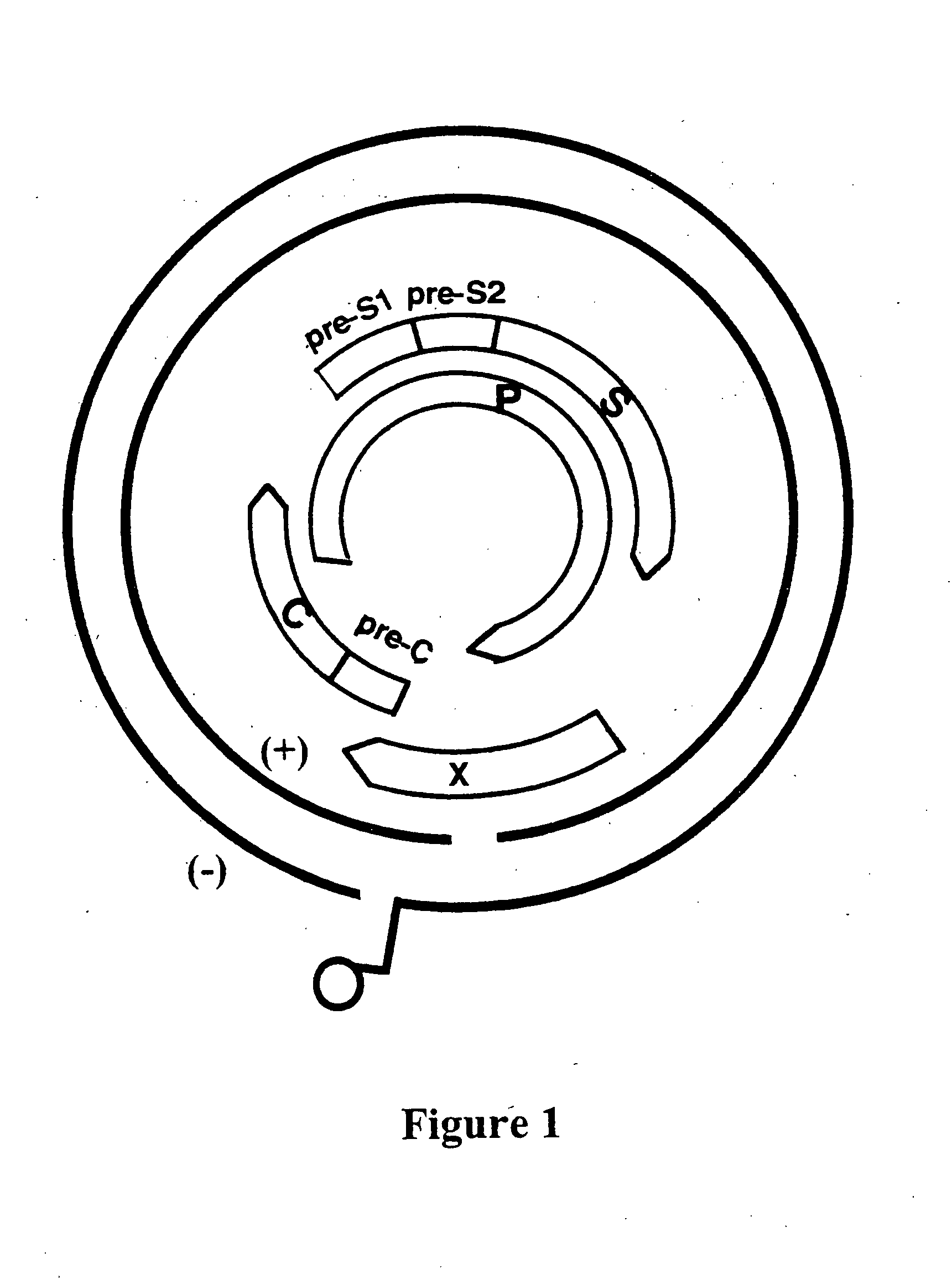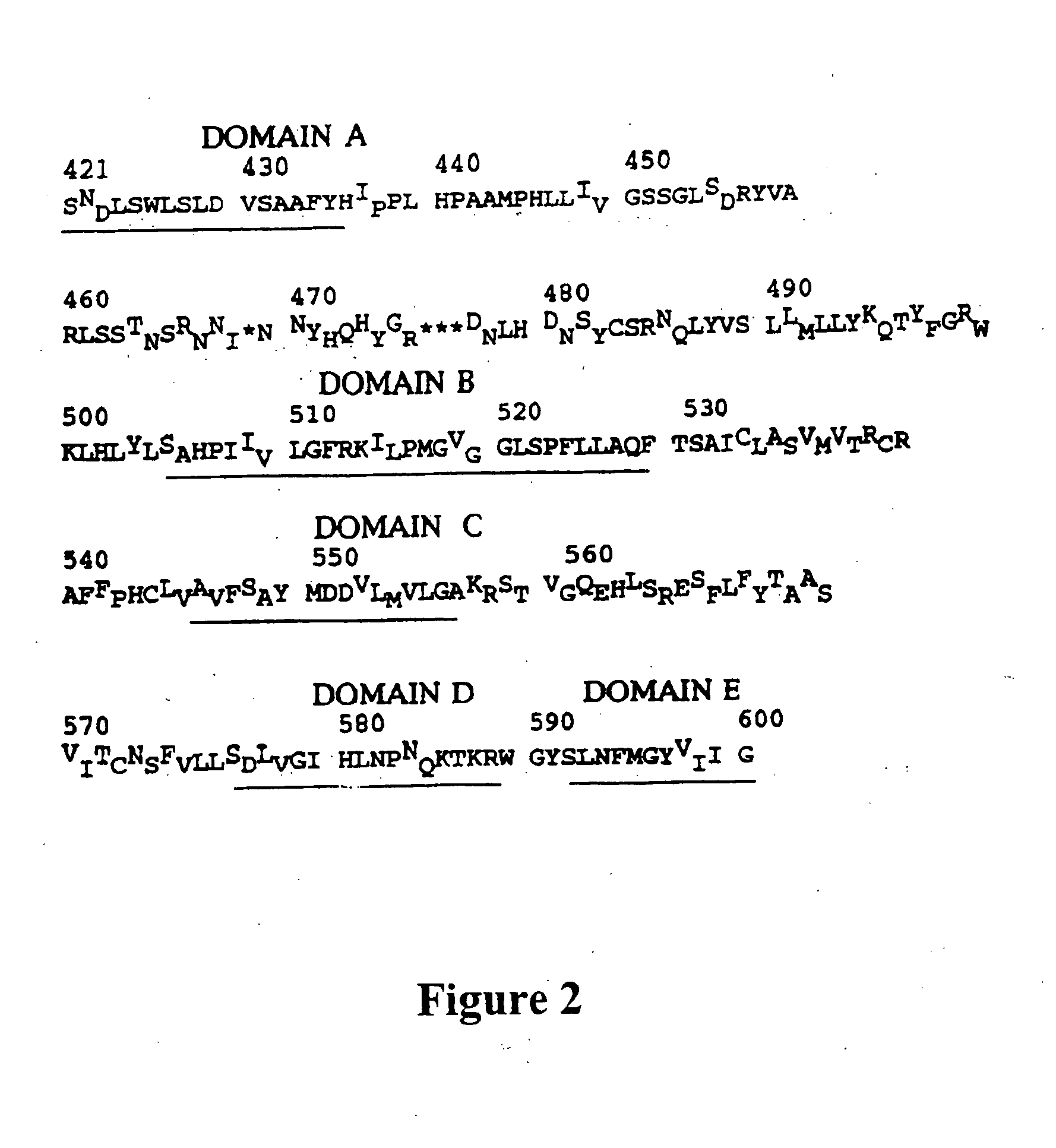Viral variants
a technology of variants and viruses, applied in the field of virus variants, can solve the problems of reducing the sensitivity of the therapeutic agent employed, the potential for resistance or resistance development, and the inability of patients to respond to famciclovir, so as to reduce the interactivity of antibodies and reduce the likelihood of reducing
- Summary
- Abstract
- Description
- Claims
- Application Information
AI Technical Summary
Benefits of technology
Problems solved by technology
Method used
Image
Examples
example 1
Patients and Methods
Treatment Protocol
[0109]The clinical details of the FCV prophylaxis liver transplantation protocol as previously described (19). Briefly, the aim of the study was to compare the safety and efficacy of oral FCV and IV penciclovir in reducing the risk of hepatitis B re-infection post-OLT in liver transplant patients. The study design was a multicentre, randomized, part double-blind, part placebo controlled trial in patients with end stage liver disease requiring OLT. Patients with HBV DNA levels more than 90 pg / ml at study entry (by hybridization) [high replicators] were treated with both FCV and HBIG post-OLT. These high replicators were treated with FCV (500 mg tds) to reduce HBV DNA levels prior to OLT. Famciclovir treatment was continued for 12 months post-OLT. An untreated control group of patients with HBV DNA levels less than 90 pg / ml [low replicators] at study entry were treated with HBIG alone post-OLT. In the original study, thirty six patients underwent ...
example 2
Patients
[0110]Twenty six patients who had HBV levels more than 90 pg / ml at study entry (high HBV replicator [HR]) were treated with FCV pre-OLT and those patients who responded were then treated with HBIG plus FCV post-OLT. Of the 19 patients who responded to FCV and subsequently went to OLT, 9 did not have HBV recurrence 0-12 months post-OLT and 10 had HBV recurrence by 12 months post-OLT. Of the initial 26 patients, 6 did not initially respond to FCV and 1 was withdrawn from the study because of treatment with lamivudine. Ten patients who had HBV levels of less than 90 pg / ml at study entry (low HBV replicator [LR]) were treated only with HBIG post-OLT. Six of these patients had no HBV recurrence at 12 months post-OLT and 4 patients had HBV recurrence during the 12 months post-OLT.
example 3
Extraction of HBV DNA from Patient Serum
[0111]HBV DNA was extracted from a total of 90 samples from 36 patients. Aliquots of 50 ml of sera were mixed with 150 ml TE (10 mmol / L Tris-HCl (pH 7.5), 2 mmol / L EDTA), 1% w / v sodium dodecyl sulfate and 1 mg / ml proteinase K, and incubated at 55° C. for 30 mins. DNA was deproteinized by phenol / chloroform extraction, precipitated with isopropanol and dissolved in 40 ml nuclease-free water.
PUM
| Property | Measurement | Unit |
|---|---|---|
| pH | aaaaa | aaaaa |
| pH | aaaaa | aaaaa |
| resistance | aaaaa | aaaaa |
Abstract
Description
Claims
Application Information
 Login to View More
Login to View More - R&D
- Intellectual Property
- Life Sciences
- Materials
- Tech Scout
- Unparalleled Data Quality
- Higher Quality Content
- 60% Fewer Hallucinations
Browse by: Latest US Patents, China's latest patents, Technical Efficacy Thesaurus, Application Domain, Technology Topic, Popular Technical Reports.
© 2025 PatSnap. All rights reserved.Legal|Privacy policy|Modern Slavery Act Transparency Statement|Sitemap|About US| Contact US: help@patsnap.com



